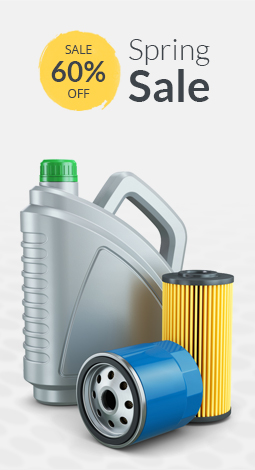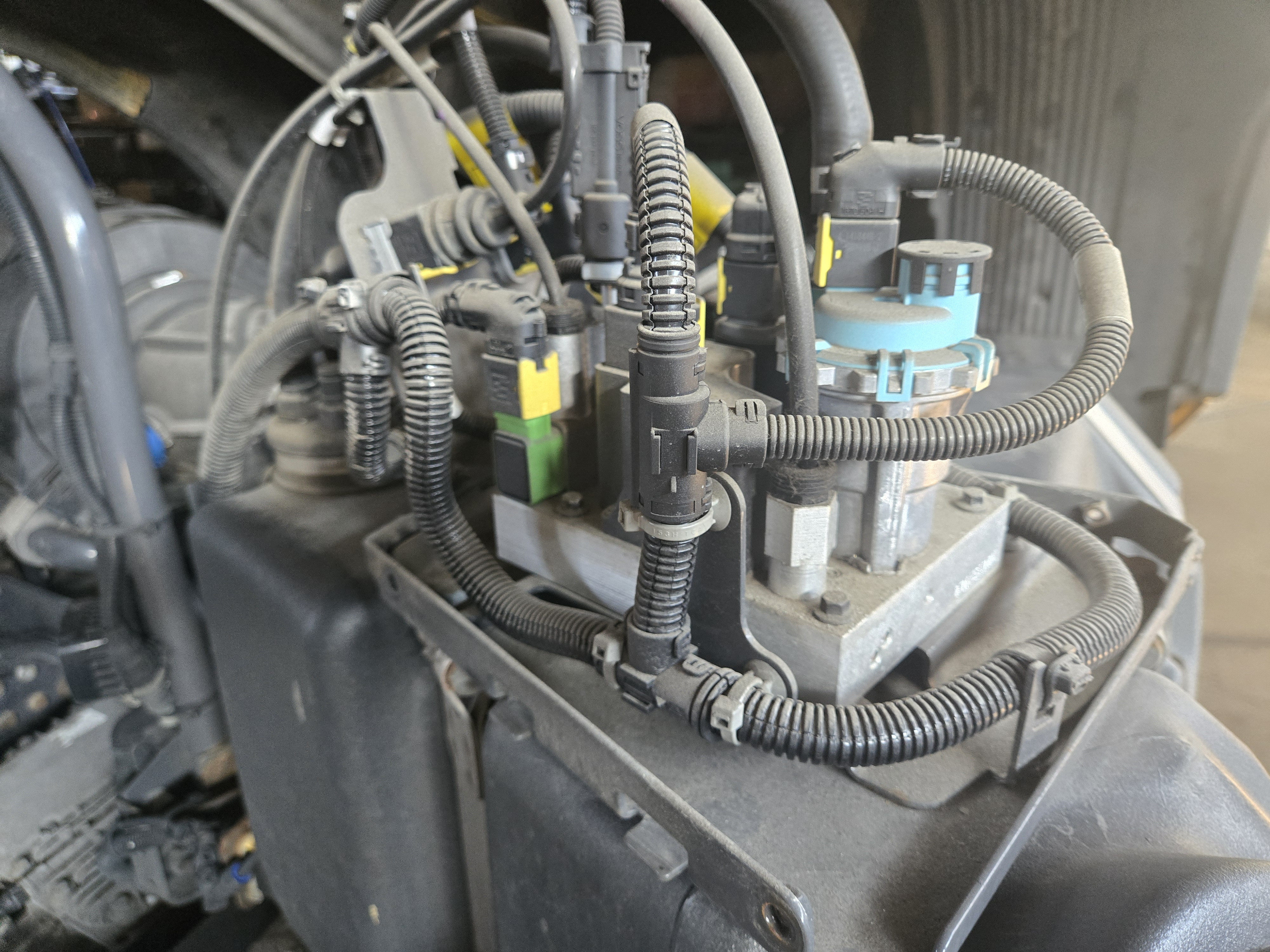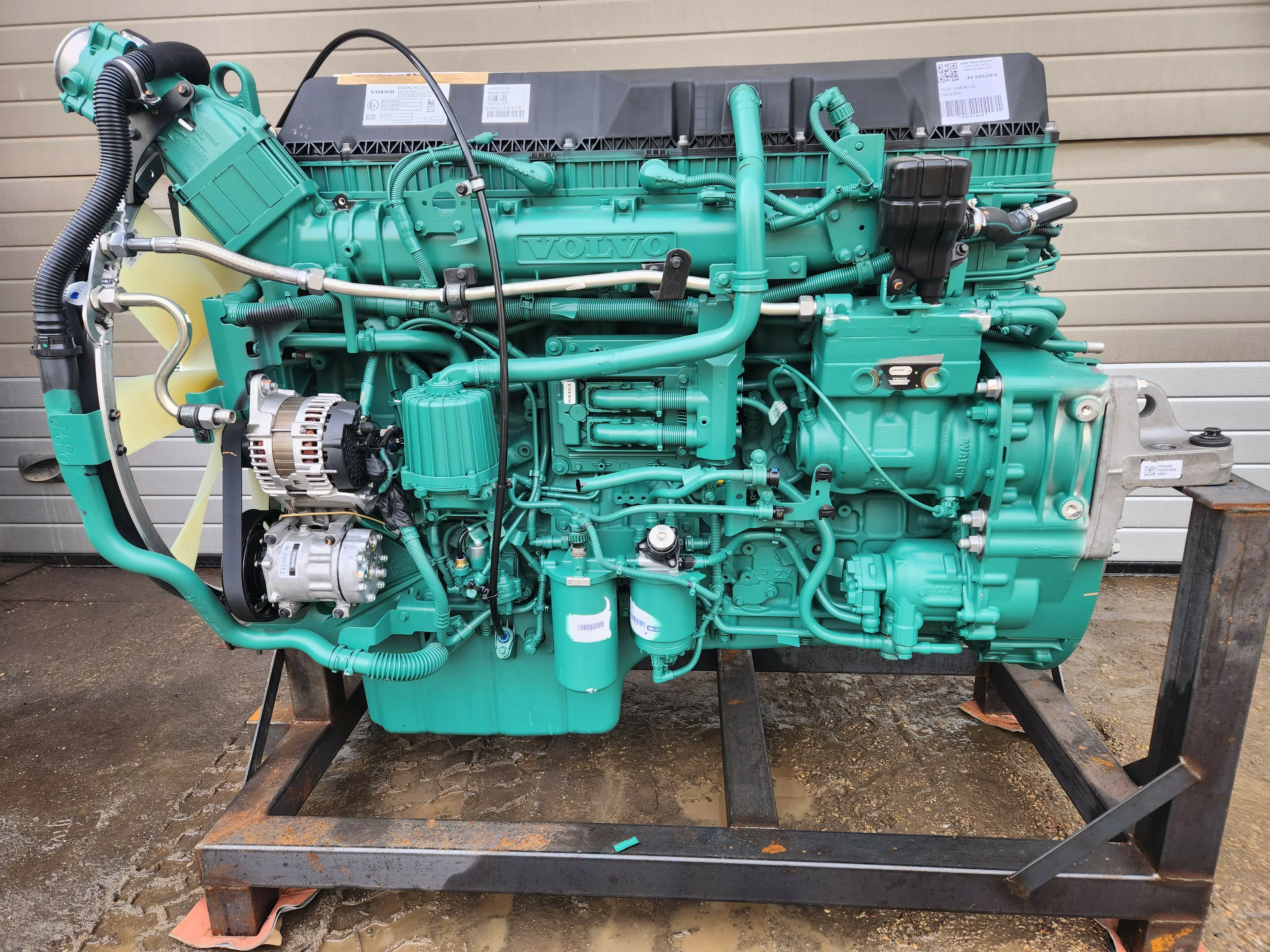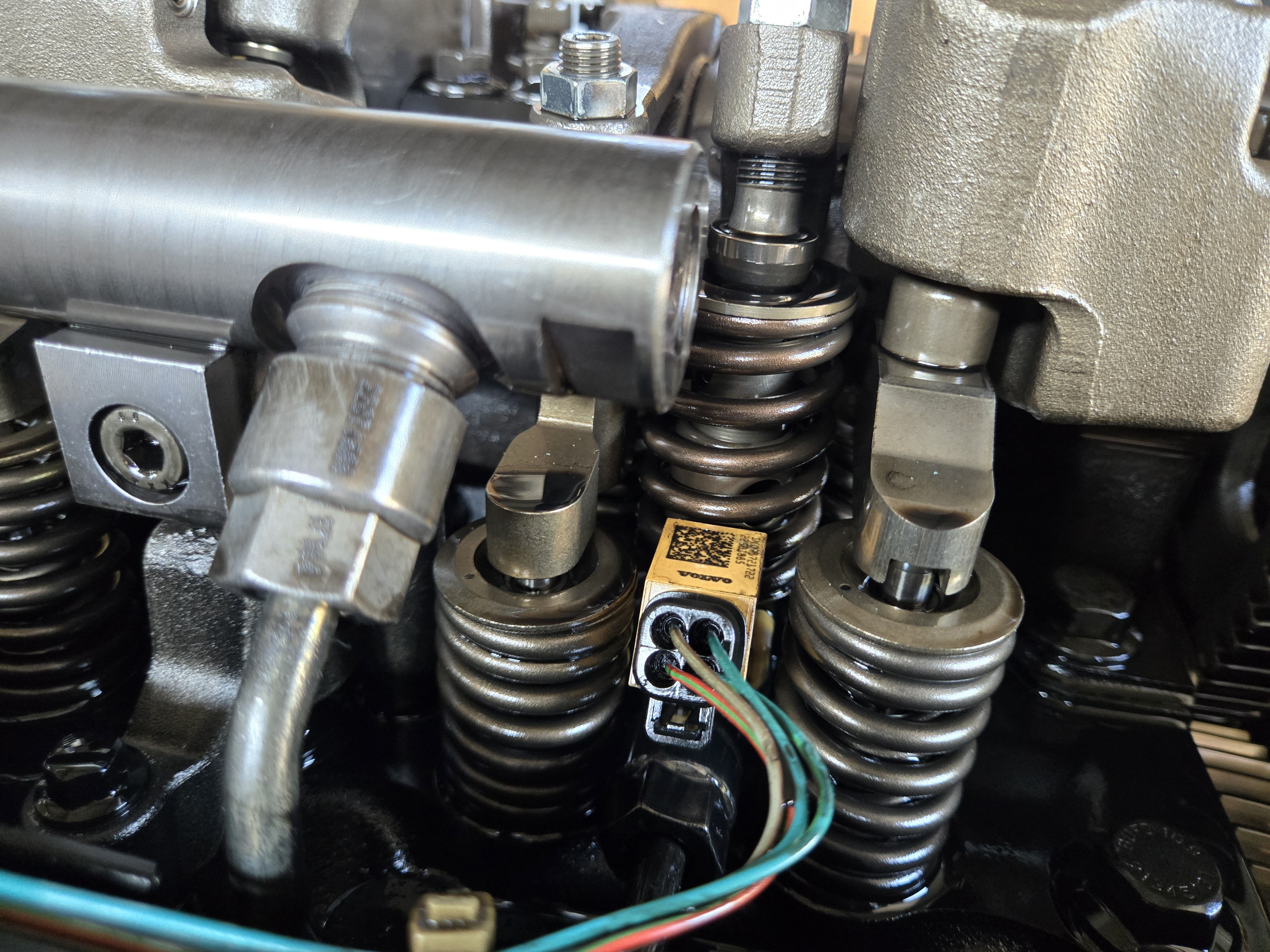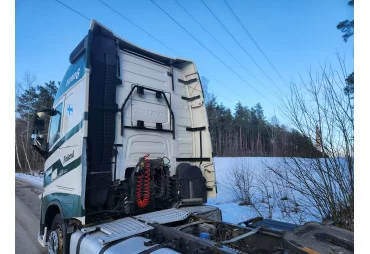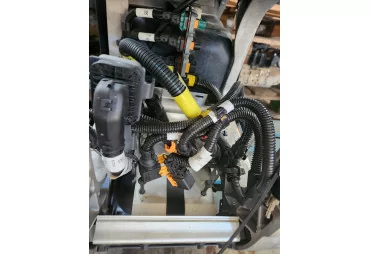Our company specializes in professional truck body repairs. We offer reconstruction of interior and exterior trim...

MUD IN ADBLUE SYSTEMS
We have already written about the fact that the Adblue system is very sensitive to cold and dirt, and delaying its repair can cause serious problems. With the cold, at least in the near future. We have already written about the fact that the Adblue system is very sensitive to cold and dirt, and delaying its repair can cause serious problems. We shouldn't have to deal with the cold, at least for the next 8-9 months, and mud is already becoming a constant companion of vehicles, so it's time to make sure it doesn't become another headache for truck owners and drivers.
Very often, pollutants enter the Adblue system from the environment - through the breather in the Adblue tank. All tanks have a special opening for air, to prevent the creation of a vacuum that hinders the circulation of the liquid. It is through it that foreign substances can enter. Most often it is various dust. If the car works in quarries, it will be sand dust, while working on roads, organic waste or particles from poorly maintained roads can enter the tank without sand. All this is absorbed by a breather that lets air into the tank.
It is also possible to contaminate the liquid by pouring it at gas stations. True, such cases do not occur in Lithuania or Western Europe, but in Russia, Kazakhstan and other Eastern countries, you can expect all kinds of surprises. The thing is that here Adblue can be stored in dirty tanks, from which, together with sediment, it travels to the tanks or, even worse, the so-called local Adblue can differ significantly in its chemical properties from the Western one.
Contaminated liquid from the tank travels through tubes to the Adblue modulator, sometimes simply called a pump. The problem is deepened by the fact that the effects of pollutants do not appear immediately, but after several tens or hundreds of thousands of kilometers. Additional filtration could protect against the problem, but, say, until 2013. In Volvo tractors, the filter is installed in such a way that it cleans not the incoming, but the outgoing liquid. On the other hand, it is likely that the manufacturer who chose such a scheme had reasons of his own.
It is necessary to know that the effect of pollutants is also different. Some can clog the system, otherwise the dirt, acting as an abrasive, "cuts" the pump to such an extent that it no longer creates pressure and can no longer supply fluid. Chemical contaminants "eat away" the seals, causing the system to become leaky and the fluid either stops flowing or spills into the environment.
It is not uncommon for Adblue modulators to be damaged by Adblue crystals. When the liquid comes into contact with air, it crystallizes and can fill the modulator, thus damaging it and other assemblies. The on-board computer should inform about the failure of the Adblue system, but as a preventive measure, especially after traveling to the East, it is advisable to unscrew the Adblue filter and inspect it. If contaminants or even mud mush are visible, the system must be cleaned. If you don't do this, and only fix part of the problem, soon the car may have to be repaired and replaced, not only the replaced parts, but also other parts that came into contact with dirt or malfunctioned due to this.
we should not encounter for months, and now mud is becoming a constant companion of vehicles, so it is high time to make sure that it does not become another headache for tow truck owners and drivers.
Very often, pollutants enter the Adblue system from the environment - through the breather in the Adblue tank. All tanks have a special opening for air, to prevent the creation of a vacuum that hinders the circulation of the liquid. It is through it that foreign substances can enter. Most often it is various dust. If the car works in quarries, it will be sand dust, while working on roads, organic waste or particles from poorly maintained roads can enter the tank without sand. All this is absorbed by a breather that lets air into the tank.
Another important thing is the cap of the adblue tank and the protective strainer in the opening of the tank for adding liquid. In the course of many years of experience working with adblue system repairs, we have noticed that tank washing is unavoidable in tanks with a leaky or damaged tank cap. We washed sand, mud, slippery mass, leaves and other substances unknown to us from the bottom of the tank. The strainer in the filling hole of the tank protects against larger debris. It is a dirt guard that prevents 75 percent of all dirt from entering the adblue tank
It is also possible to contaminate the liquid by pouring it at gas stations. True, such cases do not occur in Lithuania or Western Europe, but in Russia, Kazakhstan and other Eastern countries, you can expect all kinds of surprises. The thing is that here Adblue can be stored in dirty tanks, from which, together with sediment, it travels to the tanks or, even worse, the so-called local Adblue can differ significantly in its chemical properties from the Western one.
Contaminated liquid from the tank travels through tubes to the Adblue modulator, sometimes simply called a pump. The problem is deepened by the fact that the effects of pollutants do not appear immediately, but after several tens or hundreds of thousands of kilometers. Additional filtration could protect against the problem, but, say, until 2013. Volvo trucks have a filter installed




